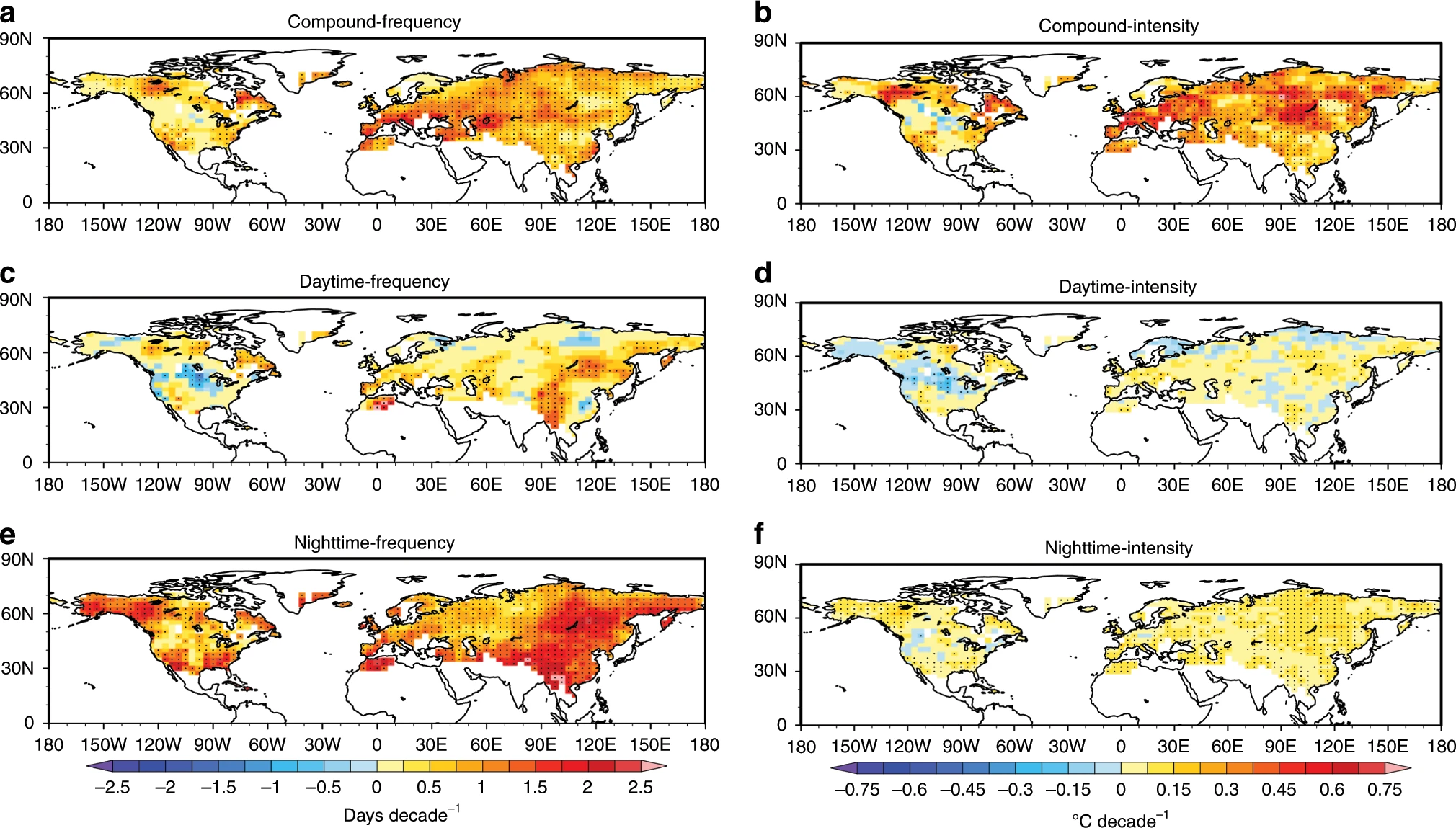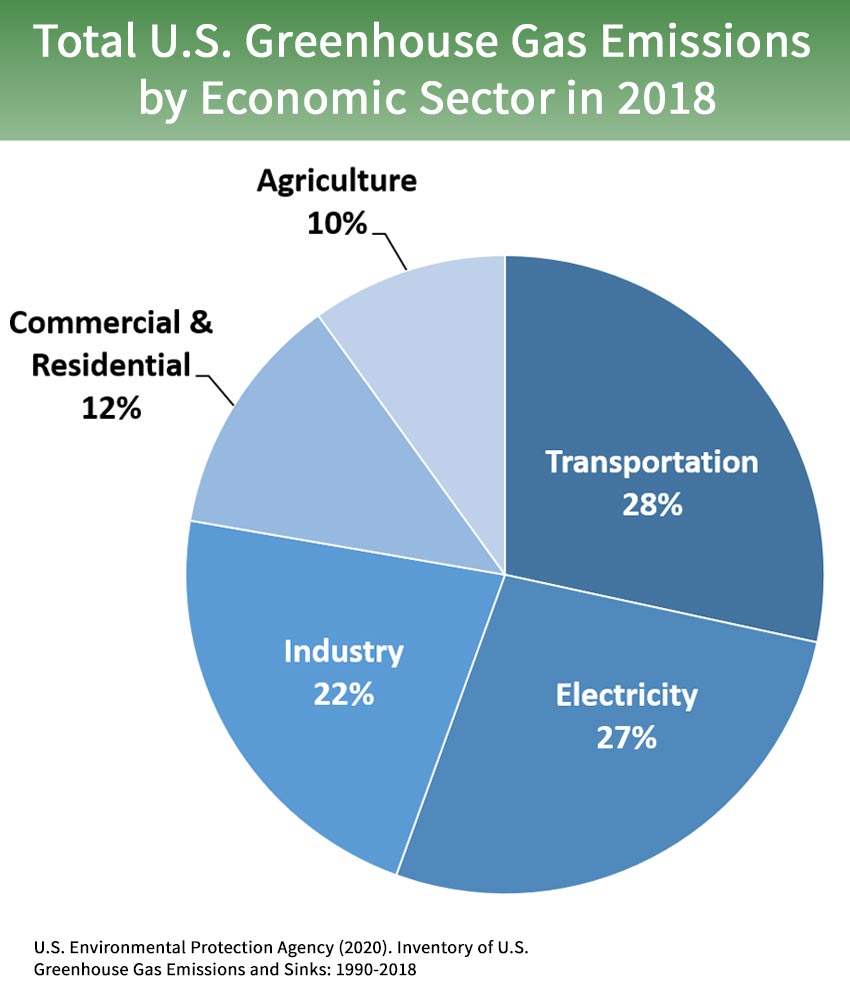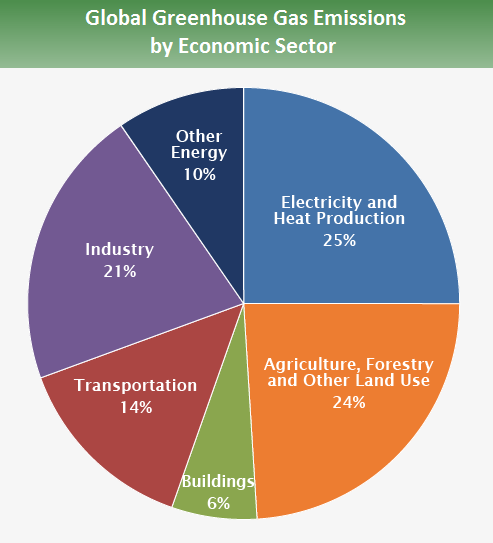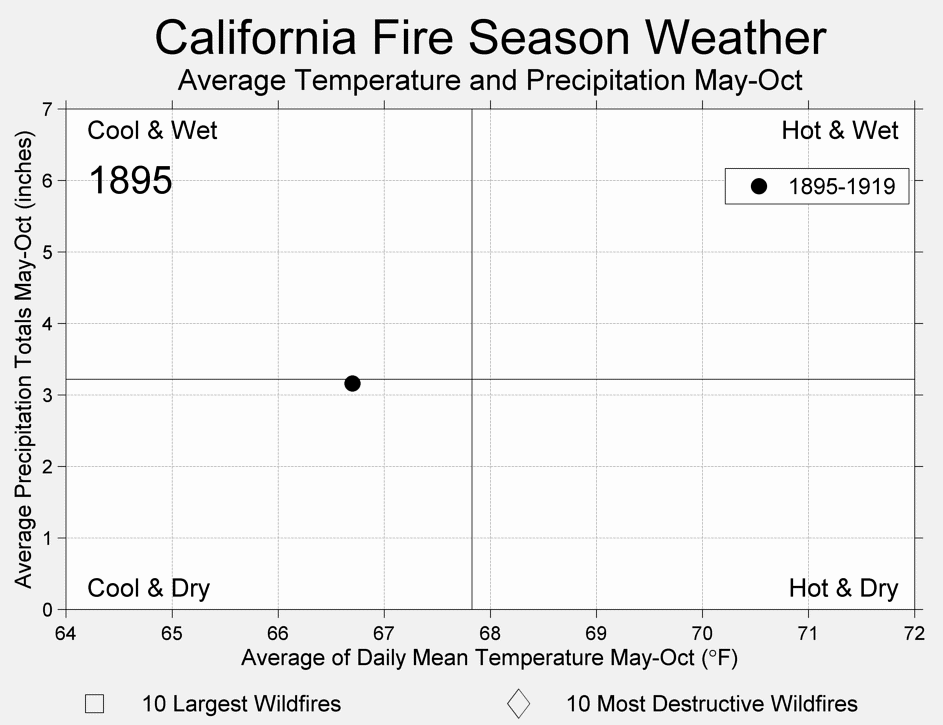Hot days and hot nights: The new climate danger for vulnerable populations
This week’s blog post was written by guest blogger, Liz Ashforth. For this post, Liz examines how increasing greenhouse emissions are contributing to a rise in the prevalence of “compound hot extremes” when hot days are closely followed by hot nights.
Heat is the deadliest form of extreme weather, responsible for more human fatalities than floods, tornadoes, or hurricanes,according to National Weather Service statistics. Heat also has detrimental effects on animal lives and agriculture.
The anthropogenically-driven (or human-driven) increase in greenhouse emissions is leading to increased global temperatures. Adding to the concern is the fact that this increase in temperature is seen not only in individual hot days or nights but now is also evident in high-temperature events on consecutive days and nights.

Simulation of maximum temperatures on July 3, 2018, from the American (GFS) weather model at two meters above the ground. Image credit: Climate Change Institute, University of Maine, USA.
CNNreported, “Now, a new study projects that without steps to rein in heat-trapping gas pollution, as many as three-quarters of summer days across much of the Northern Hemisphere could feature nearly around-the-clock extreme heat by 2100.”
Heat increases are a result of rising greenhouse gases (GHGs). These gases are generated by a variety of human activities. As stated by theEnvironmental Protection Agency, the largest source of GHG emissions from human activities in the United States is from burning fossil fuels for electricity, heat, and transportation. Globally, electricity production, agriculture, and industry, respectively, generate the highest amounts of GHGs.
The inability to cool off after a hot summer day is unbearable for many, but it is particularly challenging for vulnerable populations such as the elderly and those in poor health. As reported previously byCNN, recent heat waves inEuropeandIndiahave beenlinked to thousands of deaths. Heat also causes havoc on agriculture with droughts causing the loss of crops and animal populations are at risk due to their disappearing water sources.
Potential increase in “Compound Heat Events”
The new study, published inNature Communications, explains the risks of compound heat extremes. “After experiencing a hot day, people tend to expect a cool night so they can recover from the daytime heat,” said two of the study’s co-authors, Dr. Yang Chen and Dr. Jun Wang. “Compound hot extremes with daytime heat and nighttime heat occurring in close sequence deprive humans of this chance at relief.”

Observed changes in summertime hot extremes. Image credit: Wang, J., Chen, Y., Tett, S.F.B.et al., Nature.
The researchers from the Chinese Academy of Meteorological Sciences and the University of Edinburgh explored three types of temperatures events: Hot days with mild nighttime temperatures, hot night temperatures with mild daytime temps, and compound heat events, which occur when both the daytime and nighttime temps are elevated. They found that compound extreme heat events are on the rise. From 1960 to today, there are now about 5 more exceptionally hot days in the Northern Hemisphere, and these days are approximately 2.7 degrees Fahrenheit (1.5 degrees Celsius) warmer.
然后,研究人员进行了一系列的分析s on their historical changes, mechanism explanations, quantitative detection and attribution, constrained projections, and future population exposure. The predictions are startling: If humans are unable to curb the GHGs, many places in the Northern Hemisphere can expect around 69 days with brutal daytime and nighttime heat by 2100 — more than eight times more than in 2012.

Constrained projections of summertime hot extremes. Image credit: Wang, J., Chen, Y., Tett, S.F.B.et al., Nature.
The Southern United States, Northwest and Southeast Canada, Western and Southern Europe, Mongolia, and Southeast China have already seen the largest increase in compound extreme heat days. Depending on how much reduction in greenhouse gases is achieved determines how much temperatures will continue to rise. If left unchanged, the compound heat events will become a regular experience for many by the turn of the century.
Data and code availability
The following data sets were utilized for the study:
- HadGHCNDdata (gridded daily temperatures)`
- The Berkeley surface air temperature data are available at theBerkeley Earth website.
- CRU data
- TheNCEP-NCAR reanalysis
- TheCMIP5 model outputs
The climate data were analyzed in MATLAB.Scripts are available from the study authorsupon request.














 Cleve’s Corner: Cleve Moler on Mathematics and Computing
Cleve’s Corner: Cleve Moler on Mathematics and Computing Loren on the Art of MATLAB
Loren on the Art of MATLAB Steve on Image Processing and MATLAB
Steve on Image Processing and MATLAB Guy on Simulink
Guy on Simulink Deep Learning
Deep Learning Developer Zone
Developer Zone Stuart’s MATLAB Videos
Stuart’s MATLAB Videos Behind the Headlines
Behind the Headlines File Exchange Pick of the Week
File Exchange Pick of the Week Hans on IoT
Hans on IoT Racing Lounge
Racing Lounge Startups, Accelerators, & Entrepreneurs
Startups, Accelerators, & Entrepreneurs MATLAB Community
MATLAB Community MATLAB ユーザーコミュニティー
MATLAB ユーザーコミュニティー






Comments
To leave a comment, please clickhereto sign in to your MathWorks Account or create a new one.